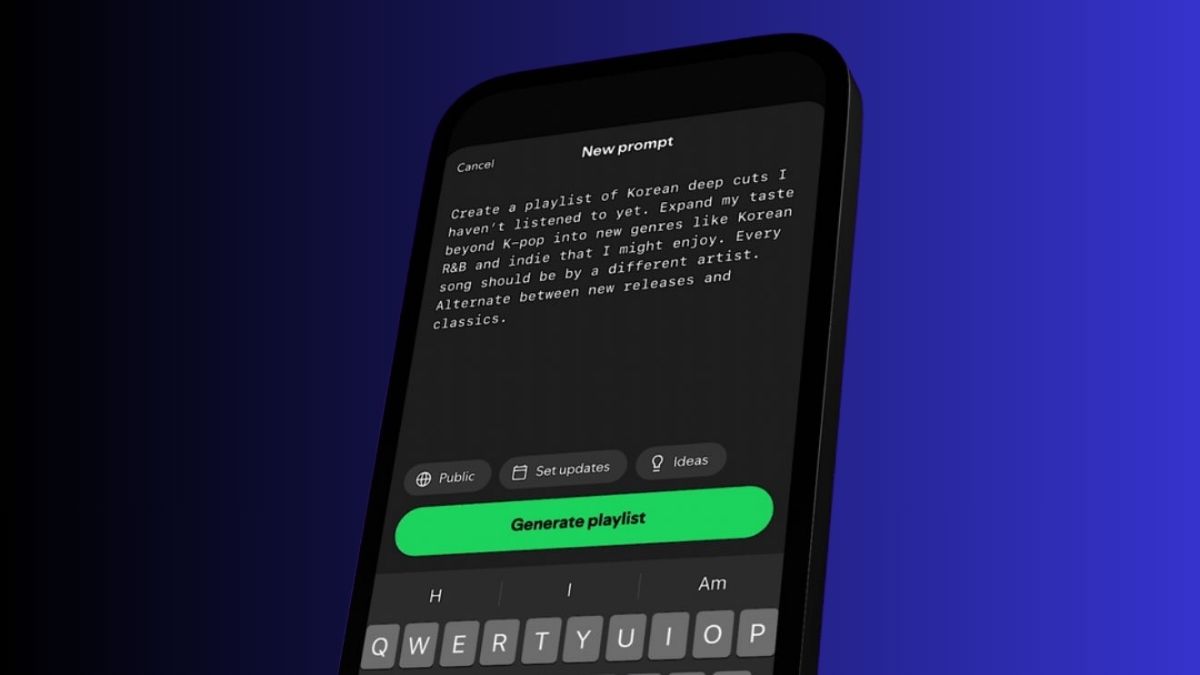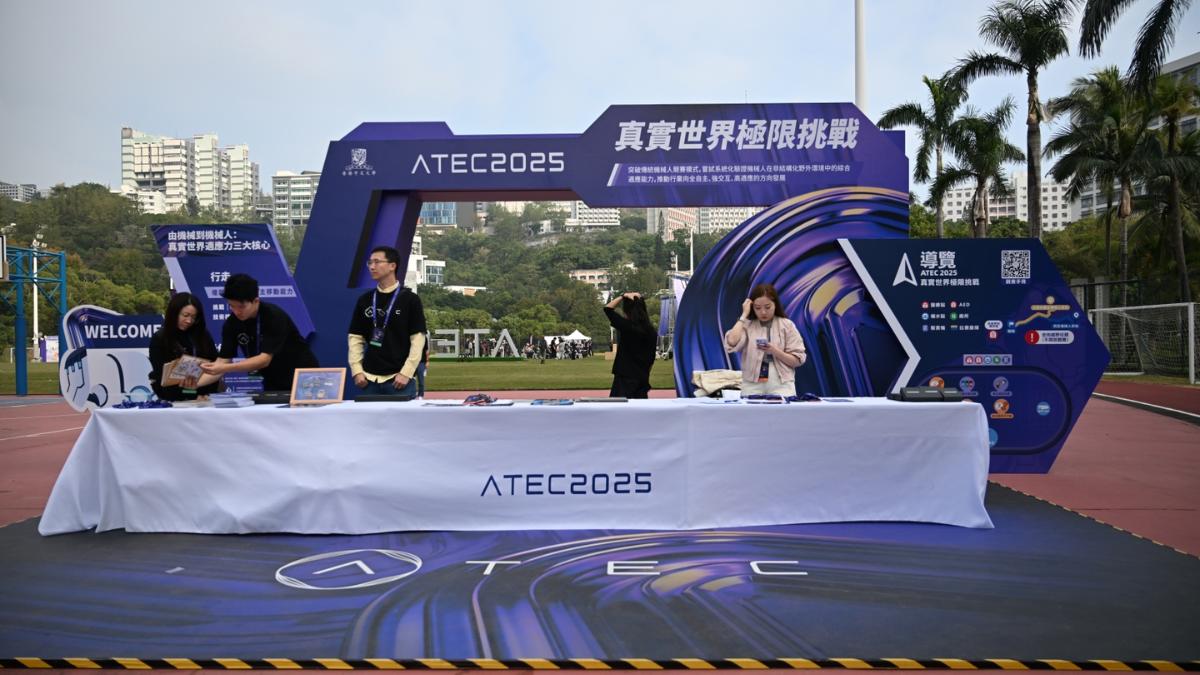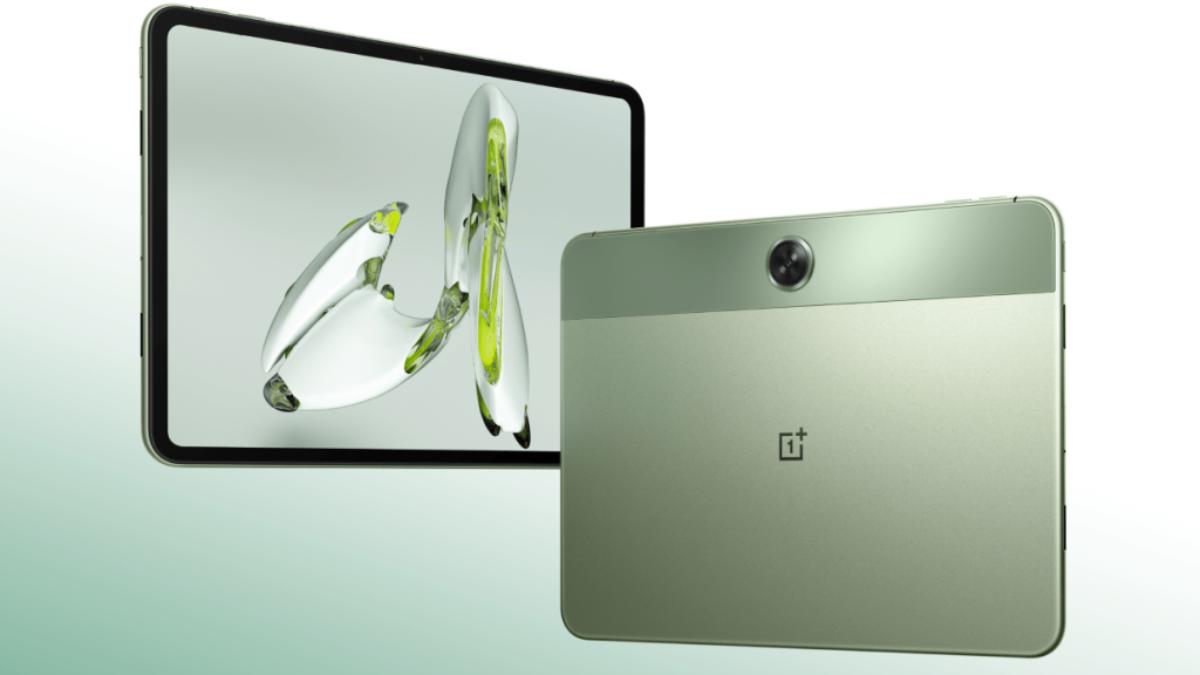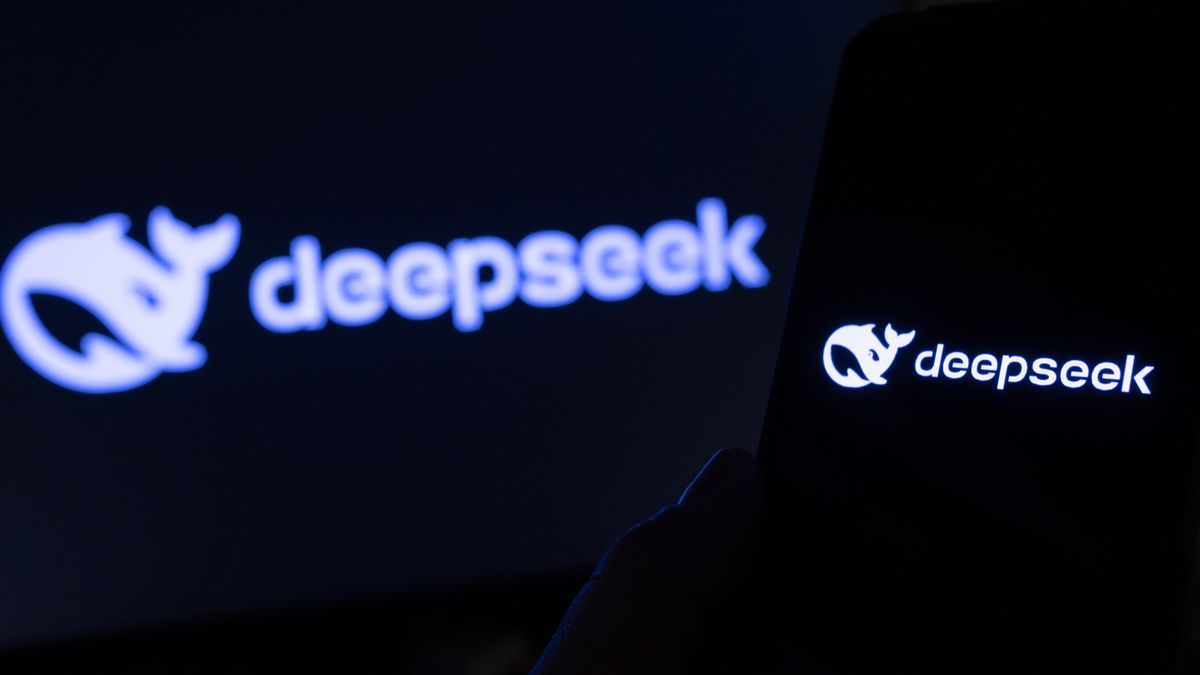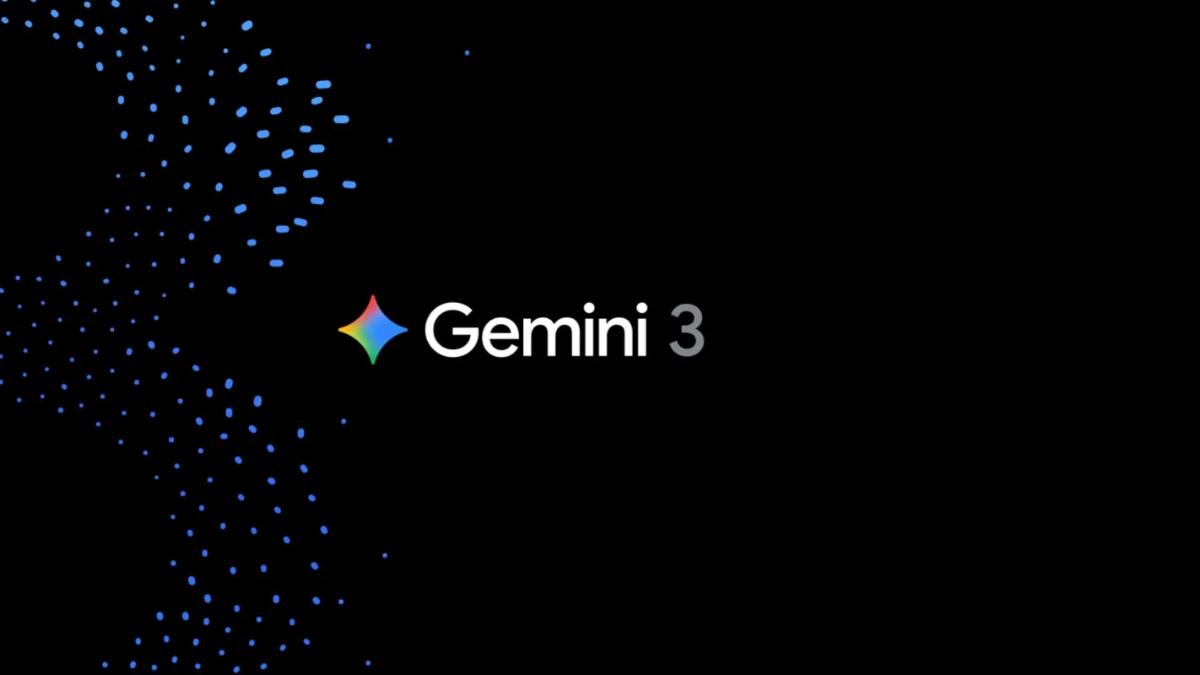Motorola and Rabbit are taking different approaches to integrating AI into smartphones, but both are pushing the boundaries of what’s possible.
The introduction of Large Action Models (LAM) marks a shift in AI-driven interactions, moving beyond simple voice commands to true contextual understanding.
Motorola’s AI Vision
Motorola is embedding AI deeply into its smartphones, aiming to enhance user experience without relying on cloud-based processing.
By leveraging on-device AI, Motorola focuses on privacy, speed, and offline functionality. Features like real-time voice assistance, enhanced camera AI, and predictive actions showcase how LAM can make smartphones more intuitive.
Rabbit’s Disruptive Approach
Rabbit takes a different path with its R1 device, powered by a standalone AI assistant running on LAM.
Instead of traditional apps, RabbitOS interacts with services directly using natural language, making the smartphone more of an intelligent command center.
This eliminates the need for navigating through multiple apps, allowing for a seamless AI-first experience.
How LAM is Changing the Game
LAM (Large Action Models) go beyond LLMs (Large Language Models) by understanding user intent and executing tasks autonomously.
Unlike voice assistants that rely on predefined commands, LAM-powered systems learn from user behavior, streamlining complex actions like booking appointments, managing emails, and controlling smart devices without human intervention.
The Future of AI-Driven Smartphones
Motorola’s focus on AI-enhanced hardware and Rabbit’s AI-first ecosystem highlight two distinct but converging trends.
As LAM technology evolves, the smartphone may become less about individual apps and more about AI-driven interactions, reshaping how users engage with their devices.
Which approach will dominate? That depends on whether users prefer an AI-enhanced phone (Motorola) or a fully AI-driven experience (Rabbit). Either way, LAM is set to redefine mobile technology.



